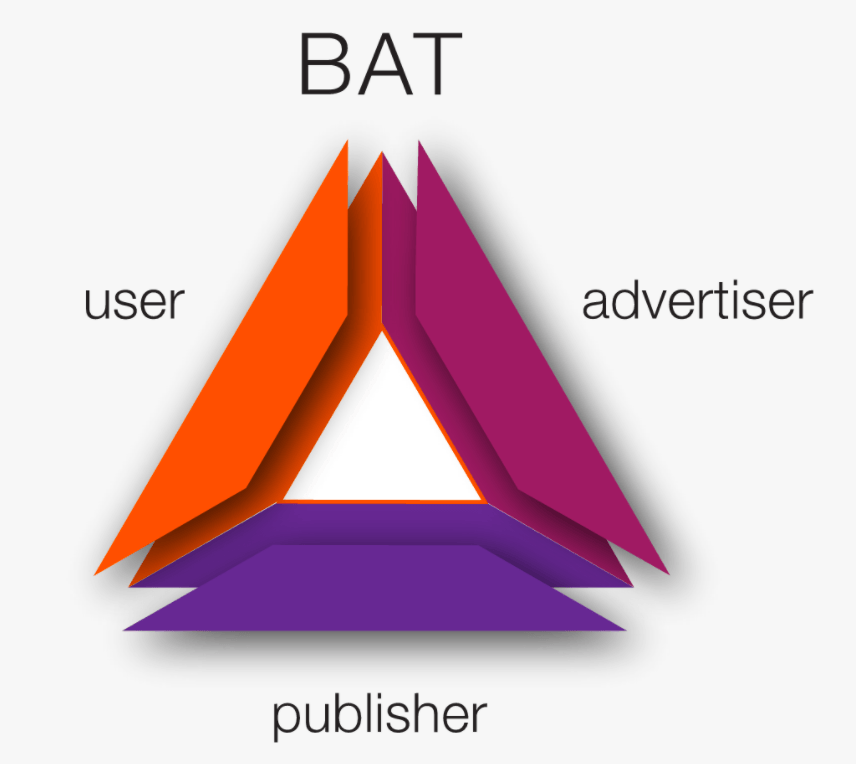How many times have you been irritated by spam emails and random ad campaign in your inbox when you open your email? Almost often, right? Or think of a time when you are consumed in a piece of content on a website and you get interrupted by an ad banner selling you things that you don’t necessarily care about at the moment. If malwares and targeted ads (without proper context) have a special place in your list of dislikes, you are not alone.
But, advertisements don’t have to be irritating, repulsive or intrusive. A good piece of recommendation often helps. But unsolicited recommendation is a turnoff for most of us. The problem is not in the ad itself. In order to understand the problem, you have to listen to a story.
The story of advertising
Humans have been advertising in some form since the beginning of time. The truth is we advertise more often than we think. It might not be apparent all the time, but very often our actions are driven by our subconscious. Think about when you recommend your favourite restaurant to your friend. Would your friend be irritated by the recommendation? Most likely not. Yet, you actually shared (and advertised unconsciously) about the great experience you have had. On the other hand, imagine you calling the same friend at the middle of a busy day telling him about your experience of eating in the restaurant last night. Do you imagine the friend will be as receptive of your recommendation? Timing and context matters.
In the early 80’s, most of the ads were distributed as leaflets or on large bill boards on the most popular places that would catch a lot of attention (like in a market place). With time, in order to reach more people, advertisers started distributing leaflets on streets and with newspaper (surprisingly, a mode of promotion that’s still active). Then came the Television and mass media. Television commercials have continued to dominate the ad space (and by far the most effective) until the point PC became a common household name. Then started the age of digital marketing. Advertisers would promote their products on websites (known as publishers) that were in similar space. In return, they would pay the publishers for hosting their ads. But, most of the times the ads were not very effective as they were not relevant to most. Then came the generation of Googles and Facebooks. And quickly it presented advertisers an opportunity to market their more personalized ads to targeted users, thereby increasing the effectiveness. Platforms like Google and Facebook (and many their companies) acted as aggregators and brought together publishers (who would host an ad space for the platform on their website) and advertisers (who would post their ads on these platforms and the platforms would put relevant contents on the publisher’s ad space). So the magic happened in the platforms who were responsible in deciding what ads would be targeted to which users. Today, with everyone spending hours staring at their smartphones, the online ad industry has quickly become a staggering multi-billion dollar industry. But at what cost?
How targeted ads work
The are four parties involved in the digital advertisement:
- Advertisers are the parties who are willing to promote their offerings online
- Publishers are those who own the websites or pages. For example, a blogger or a youtube content creator.
- Platforms are parties that bring together the advertisers with the users through the publishers
- Users are people like you and me who are the targeted audience for the ads
There are so many ways the platforms may serve targeted ads. But most popular among them are:
- Pixel tracking: A transparent pixel is placed in a content page and it would transmit information when an event takes place (e.g. user clicks on an ad banner). The platform may use this data to profile the user’s preference.
- Cookies: Cookie tracking has been one of the most widely used strategies, and have been very effective, as the tracking happens across multiple user sessions. However, tracking cookies need user’s approval (you may have noticed popups on certain websites asking for user’s consent to track cookies). First-party cookies are intended for the use of the platform, whereas third-party cookies are forwarded to advertisers for their own analysis and profiling.
- UTM: UTM’s are based on URLs and mostly used in tracking campaign analytics.
What makes the platforms lethal is that, advertisers who sign up with them, may leverage the user profiles built after gathering information from multiple web pages from across the web. For example, if an advertisers A (an online retailer) and B (a pet insurance) sign up with a platform, they may use data collected by the platform from either websites. So if you have shown interest in purchasing dog food, the pet insurance company might approach you with their offering based on that.1
Data privacy
This often leads to serious breach on user privacy. One of the infamous example is the Cambridge Analytica data breach from Facebook. Platforms may intentionally sell or may be breached “accidentally”. The result may be catastrophic. In this particular case, the data (based on profiling) was used to influence and mould the result of the US presidential election.2
How to not get tracked?
To some extent, users may use caution and avoid being tracked. But only to certain extent. For example, not giving consent to cookie tracking (although, there might be some cookies that are by default enabled in which case the user doesn’t have a lot of options). Not clicking on ads etc. Using ad-blockers in the browser also helps. But, all this may quickly become overwhelming for some.
Brave browser and BAT
Brave browser has attracted a lot of eye balls in the recent years. It was developed keeping user privacy at it’s core. It contains ad-blockers built in. Brave also blocks cookie tracking. So, users don’t have to worry about explicitly blocking ads or about cookie consents.
In 2018, a whitepaper was published around the concept of “user attention”, named Basic Attention Token (or BAT). In an effort to improve the security, fairness, and efficiency of digital advertising through the use of blockchain technology, BAT was created by the founder of Mozilla (and Javascript). It is built on top of ethereum, one of the leading cryptocurrencies in the market, only second to Bitcoin. As a result, it contains the features of ethereum like smart-contracts. It is designed to be exchanged between users, advertisers, and publishers. The value of BAT token is positively correlated to the value of ethereum.3
Users may opt to view ads on a separate tab (so that it doesn’t impact the user’s browsing experience). The user’s private data and tracking information is stored only on the user’s device. This ensures animosity and privacy. The browser would match the ads based on the user’s preference. Since it doesn’t need to fetch the user’s profile over internet, it makes it much faster and increases battery life. The advertisers would be paid in BAT tokens based on how much attention the user pays towards their ads. Moreover, the publisher and users would also be paid a certain amount in BAT (although a little, for now anyways). Users may also donate tokens to their favourite publishers (say their favourite bloggers) in BAT. Being almost infinitely divisible, that value may be as little or as large as one can afford (without having to worry about service charges unlike online micro transactions through credit cards).
Concerns
Although in it’s infancy, BAT has caught huge interest among the developer and DeFi community. An ICO (initial coin offering to distribute BAT among the community) was held in 2017 with an initial offering of token worth 35M USD in value. It was sold out within 30 seconds.4 Some buyers opted to buy tokens worth values as high as 4.7M USD.
Now, one of the core fundamentals of any cryptocurrency is decentralization. However, uneven distribution of BAT, it gives those certain buyers the power to control the circulation of these token. Although, if claims are to be believed, the tokens are more evenly distributed across users now (unverified).5
Another concern is that BAT is only available with Brave browser. The makers have plans to integrate this offering on other platforms. In fact, BATs can be traded on certain platforms as of today. But, users are almost bound to use brave to be able to perform transactions.
So, why should invest? Well, if you are planning view ads, you might as well get paid for that. You may earn as much as 200 USD every year. Not a bad deal if you ask me.


